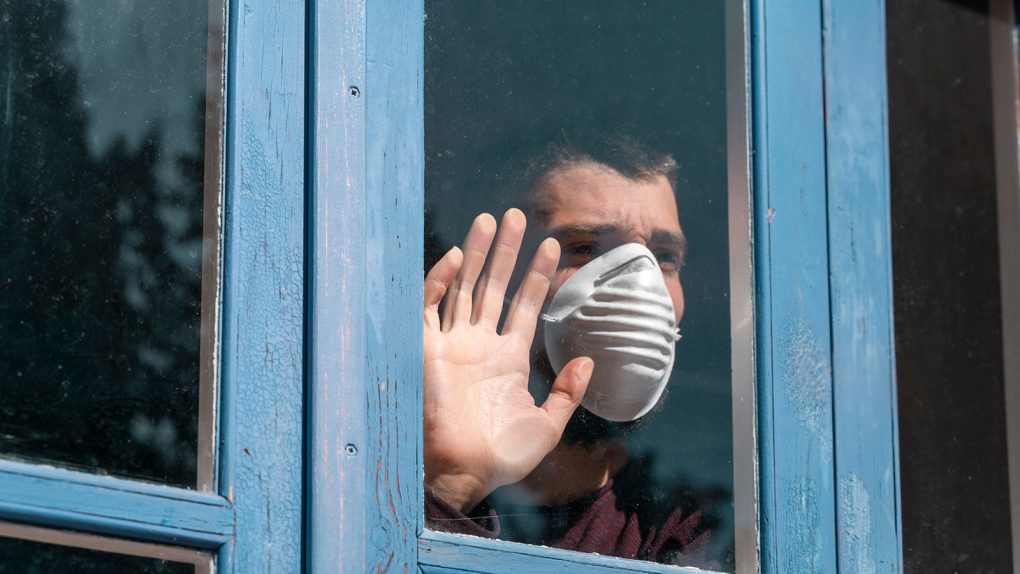- Caring for a coronavirus patient in your own home means adapting to a fast-changing situation.
- Setting up a sick room, isolating the virus, and ensuring the comfort of your loved one is of utmost importance.
- Visit BGR’s homepage for more stories.
Health experts across the globe are recommending social distancing and self-isolation as the best ways to prevent the spread of coronavirus through a community. The measures work if enough people follow them, but there’s still a big question for people who find themselves in the unenviable position of living in the same home as someone who is confirmed to have COVID-19.
Your best bet in this case — whether you’re the person with the infection or living with someone who you believe may have it or has tested positive for it — is to follow a few basic practices to minimize the risk of the infected person spreading the virus to the rest of the household.
The Sick Room
Just like hospitals and clinics will create designated areas for patients with the novel coronavirus, you can do effectively do the same within your own home. That means assigning a “sick room,” so to speak, and ensuring that it’s both comfortable and well-stocked with things the sick person will need. This helps ensure your loved one can begin their recovery safely and without having to explore the home in search of things they may need, like tissues, water, and other bare-bones essentials.
Disinfect Everything
If you haven’t already been spritzing and spraying cleaner on things like doorknobs, countertops, and other things that are touched multiple times per day in an average household, now’s the time to do so. You don’t have to go overboard, but if your sick family member or friend or roommate has to leave their sick room, anything they interact with should get some form of sanitization. Oh, and wash your hands frequently throughout the day, though you should already be doing this.
In-home Food Delivery
The healthy members of the household should be doing their best to wait on the sick, but that can be tricky when you’re trying to keep a contagious illness from spreading. Preparing food and then leaving it outside a door is a good way to minimize contact while ensuring that anyone who is ill has plenty to eat.
As for getting the food into the home in the first place, it goes without saying that anyone who is sick should avoid it at all costs. Ordering food online is an option, but be sure to include a note in the delivery instructions to leave the food outside and not make contact directly with a delivery person. Ordering groceries online and choosing a pickup time is also an option, but only healthy people should be making those trips.
Check In Remotely
Monitor the health of anyone who is sick in your home, but do so remotely if at all possible. Shooting a message over Facebook or SMS is a lot safer than opening the door and getting face-to-face.
Keeping an eye on the severity of the symptoms is important, and if a person is having trouble breathing, is coughing up blood, or has other troubling symptoms it’s time to call the doctor and, in some cases, get them into an inpatient setting as soon as possible.
Wait It Out
If a person’s symptoms are minor and not life-threatening, most hospitals and clinics will advise the individual or family to ride out the illness until they get better naturally. This can take days to weeks, so be prepared for the extended downtime and plan well in advance for this inevitability.








